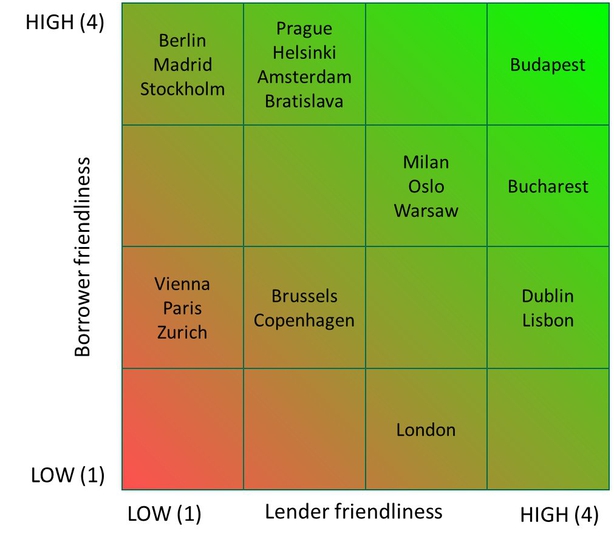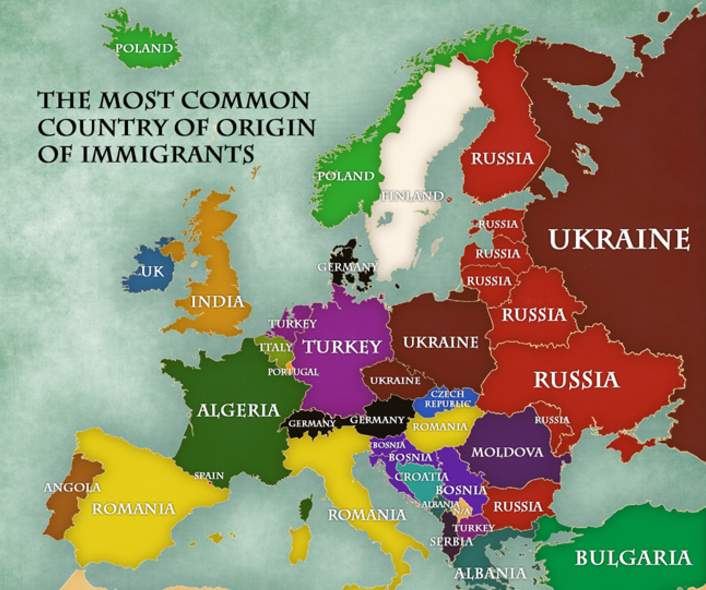Germany remains a stand out performer in the current European commercial property investment market but overall sales volumes are down across the continent.
European investment volumes were down year on year in the second quarter of 2017 but sentiment remained buoyant in many key markets, according to the latest analysis report from Knight Frank.
Commercial property investment came to €43.3 billion for the quarter and transaction volumes for the first half of the year amounted to €90.3 billion, an 8% decrease year on year.
Germany has become the leading European investment destination for North American investors and the dominant location for intra-European cross border investment and investment markets in Spain and the Netherlands were also buoyant throughout the first half of the year with investors attracted by strengthening rental growth prospects.
Conversely, investment volumes in the UK remained well below the levels seen prior to last year’s Brexit vote, despite an increased volume of Asian capital flowing into the London market.
The report points out that during the second half of 2017 European investment volumes should also receive a boost from the completion of China Investment Corporation’s €12.25 billion acquisition of Blackstone’s pan-European logistics company, Logicor. The deal agreed in the second quarter, will be the largest ever European real estate deal on completion.
European prime yield compression showed no signs of abating with prime office yields hardening in markets including Amsterdam, Brussels, Milan, and Vienna. Prime yields also continued to fall in the major German office markets, and are now over 100 basis points below previous record cyclical lows in Berlin, Frankfurt, Hamburg and Munich.
Aggregate office take-up in the European markets monitored by Knight Frank was up by 4% in the first half of the year, driven largely by the continued strength of the major German markets, as well as increased activity in Spain following a relatively subdued 2016.
Office rental growth gained traction in the tightening Amsterdam and Madrid markets during the second quarter, while moderate increases in prime rents recorded in Frankfurt, Milan, Paris, and Stockholm. In contrast, prime rents declined in the West End of London, where they are now down by 13% year on year.
Overall, the Knight Frank European prime office rental Index climbed by 0.7% during the second quarter to reach a nine year high. The diminishing availability of prime CBD office space should drive further rental growth, particularly in key markets in Germany, the Netherlands, Spain, and Sweden, the report suggests.
‘Although overall European investment volumes were down in the second quarter compared with the same quarter of last year, activity has remained buoyant in a number of major markets,’ said Matthew Colbourne, International Research Associate, Knight Frank.
‘Germany has now established as the preferred location for investors seeking a safe haven European market while strengthening rental growth prospects have buoyed transactional activity in the Netherlands and Spain. With a number of very large transactions due to be completed in the second half of the year, we expect European investment volumes to pick up in the second half,’ he added.







